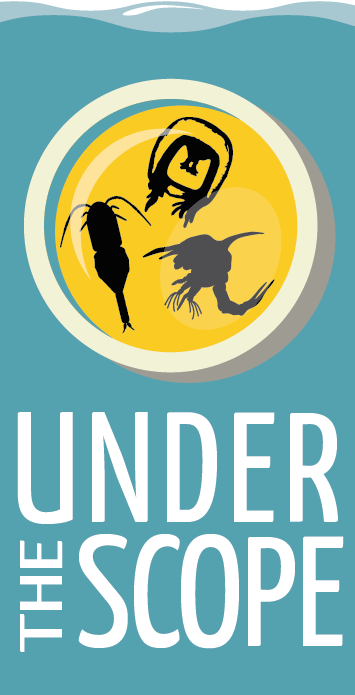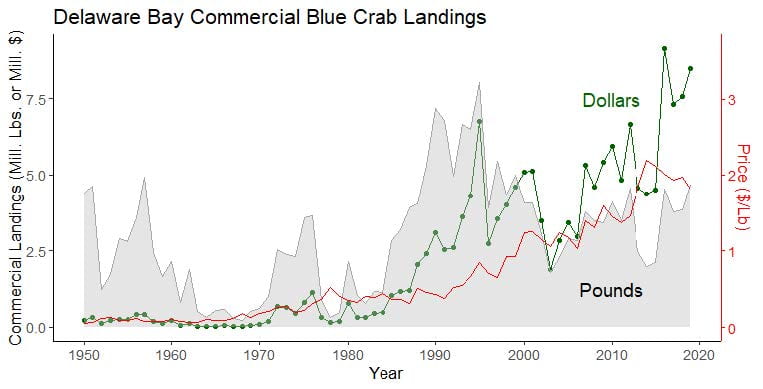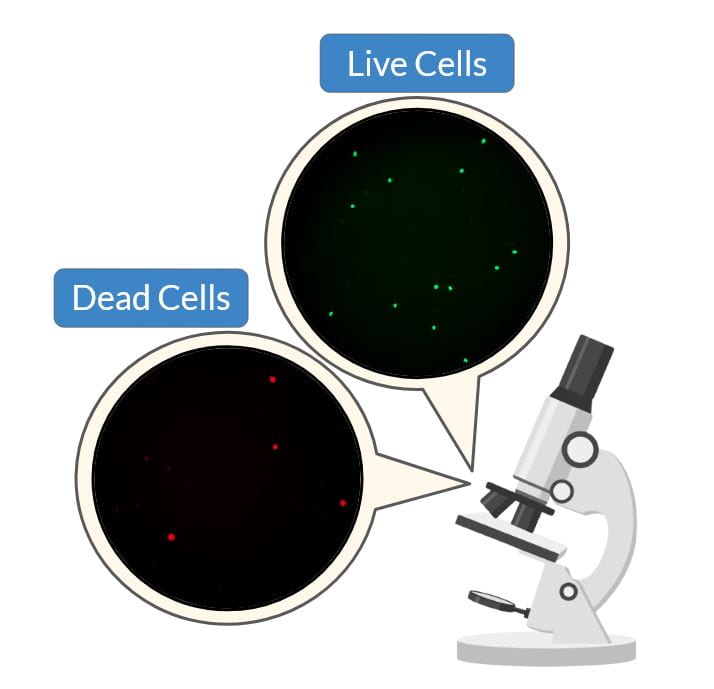Blue Crab Reproduction and Population Dynamics


Blue crab (Callinectes sapidus) is by far the most important commercial fishery in Delaware. Over the past five years, blue crabs have accounted for 75% of Delaware’s commercial fishing revenues. Beyond its monetary value to the state, this 100-year-old commercial fishery is also embedded in the identity of Delaware and throughout the mid-Atlantic region. Our research is merging biological and economic analyses to understand how blue crab reproductive biology changes over the year, and how fishing regulations and climate change influence these biological processes. Blue crab landings and revenues are volatile over time suggesting a need for enhanced analytical assessment tools and biological/economic data to improve the long-term sustainability and management of the resource.

It is particularly important to understand limits to resiliency in this fishery. For example, prolonged cold winter temperatures decrease survival rates of overwintering crabs and subsequently impact harvests. Similarly, abnormally warm temperatures increase metabolic and growth rates while decreasing size and alter reproductive timing; if too warm, they can trigger energy deficiencies, cardiac failure, and death. Additionally, anthropogenic impacts including habitat loss, reduced water quality, and fishing mortality can limit resiliency of the population. High reproductive capacity can help the population rebound from environmental extremes and anthropogenic stressors. But, this capacity may be limited by fishing practices and size limits that lead to large males being harvested disproportionately. Such a scenario (called sperm limitation) has been suggested for the Chesapeake Bay blue crab population.
Each female blue crab mates once in her lifetime, receiving sperm from the male and storing it for the production of successive egg clutches. By contrast, males mate multiple times, transferring less sperm with each subsequent mating. The quality and quantity of transferred sperm are important for female reproductive success, as low quantity (i.e., low sperm counts) and quality (i.e., dead sperm cells) will reduce fertilization, hatching success, and ultimately fecundity. We are studying these processes in Delaware Bay blue crabs, and incorporating our results into a Delaware Bay population model. Our approach involves measuring the recovery of sperm stores in male crabs, counting the sperm transferred to female crabs across the year and in turn how much degradation occurs, and also what proportion of the sperm being stored by females remains alive (viable) over time. Stay tuned as this project develops over time!


